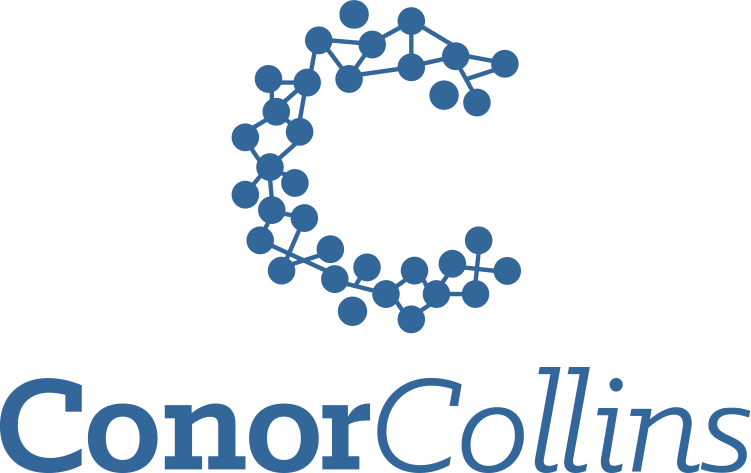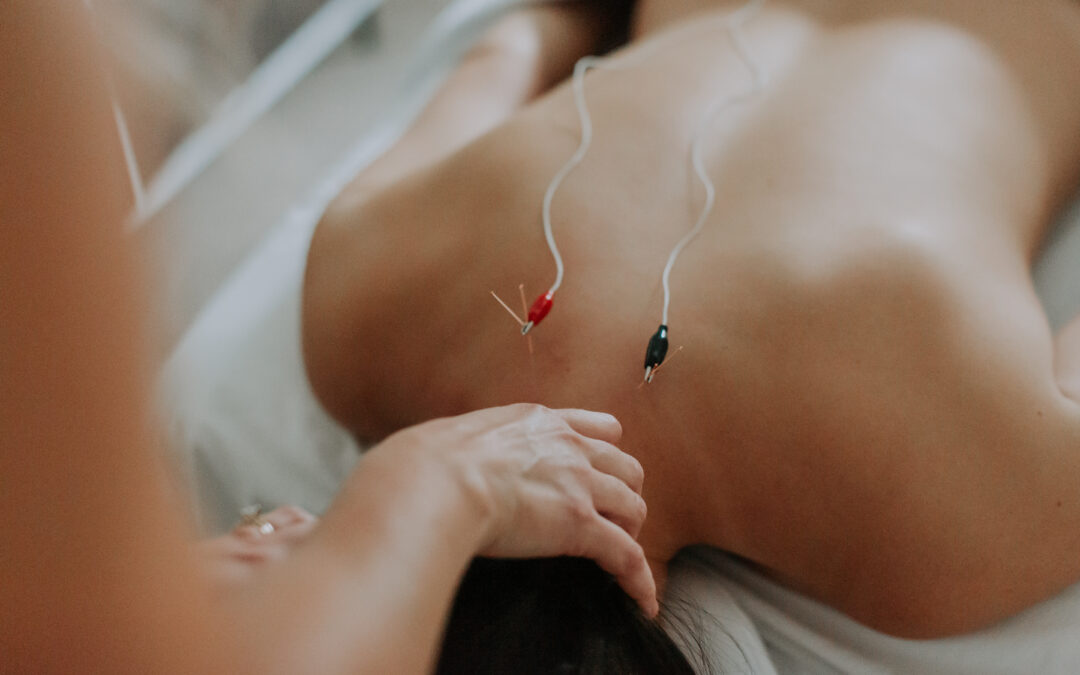This week’s guest blog is from Amber Peart
___________________________________________________________________________________________
Registered massage therapists in Ontario are able to incorporate an abundance of modalities into our practice, one of them being acupuncture. Acupuncture is a broad topic with many possible avenues of discussion and learning. In this blog, I’m primarily concerned with looking at the benefits and challenges involved in introducing the modality into your existing massage therapy practice, specifically in Ontario.
As we know, issues with mobility and pain often have a corresponding association to the surrounding tissue, along with central and peripheral nerves in any given segment. Neurofunctional acupuncture is a modern interpretation of traditional acupuncture that instead focuses on the nervous system’s role in these mobility and pain issues. With strong ancient origins in Traditional Chinese Medicine (TCM), acupuncture for the registered profession has evolved to include a neurological perspective, emphasizing the connections between traditional acupuncture points, neuro and musculoskeletal anatomy, and the current understanding of pain science.
To avoid confusion, traditional acupuncture provided by a registered acupuncturist (or another TCM practitioner) includes a much broader scope and management of systemic conditions, as well as various other rehabilitation needs. Registered massage therapists who choose to use acupuncture as a modality are of course limited to their own scope of practice, specifically goals associated with pain management, performance, or function, all while addressing specific nerves, tendons, ligaments, and muscles. The use of traditional acupuncture points seen in TCM practice simply provides massage therapists a common nomenclature and ultimately an understanding of locality within the body amongst the practitioners who use it.
What is Neurofunctional Acupuncture?
On a basic level, neurofunctional acupuncture operates on the principle that nerves are responsible for not only transmitting signals from central to peripheral (such as in movement), but also peripheral back to central (such as in sensory input like temperature). If this communication is disrupted from a poor movement adaptation or injury, dysfunction can often be seen before pain problems arise. Stimulating specific targets using acupuncture needles (with low frequency electrical stimulation or without), may influence the local tissues, as well as the peripheral and central nervous system. It is thought that this will elicit various neurophysiological changes within the target tissue to achieve the goal of reducing pain and/or improving function.
Benefits for Registered Massage Therapists?
The majority of conditions and injuries can tolerate acupuncture. The needles used are not hypodermic (not like the type you’d use to deliver a vaccine). They are instead very fine and solid, and if used correctly to the neurofunctional needling standard, insertions are generally pain-free and very safe.
McMaster University in Hamilton, Ontario runs a neurofunctional acupuncture program that provides an opportunity for the clinician to learn safe needling techniques, advanced assessment and treatment strategies, and elaborates on the current body of evidence on pain science. In my practice, even if a needle is no where to be seen, I’m still approaching the pain problem with these foundations and advanced palpation skills learned in the McMaster program.
Acupuncture in a Massage Therapy appointment can look very different from one treatment to another. In some cases, a single needle point with or without electricity is sufficient, and in other cases, multiple paravertebral segments and associated peripheral points might be used for a longer duration. Using a single needle with or without electricity is a nice introduction to those patients new to acupuncture. This single needle insertion is used with less disruption to the flow of what a typical massage treatment may look like and is easy to incorporate if your patient prefers typical hands-on work to needling. In either case, one advantage to using acupuncture in a treatment concurrently with conventional massage therapy techniques is addressing multiple treatment areas simultaneously. Additionally, I’ve found that soft tissue work following needling is typically well-received, especially in a sensitized area.
Disadvantages for RMTs?
Even if treatment strategies (whatever they may be) are designed to be nuanced and specific for the presented problem, patient autonomy is necessary for success. Skepticism is warranted and often seen in majority of modalities and even disciplines. Through the McMaster program, we were given an opportunity to review an abundance of research on acupuncture. Like any work we do, the clinical outcomes are case-dependent to the experience of the patient, despite our own beliefs, whether informed by evidence or anecdote. Prior to treatment, their beliefs on acupuncture need to be addressed. To obtain consent, we know that we must explain our clinical reasoning for use of a treatment strategy, along with anticipated outcomes, possible risks and side effects, and an opportunity to ask questions. At the end of the day if your patient doesn’t like needles, has had an adverse reaction, or is set on their belief system, then it may not be the modality for them. Many new patients have entered my office with expectations on historical useful treatments they’ve received and expect the same on my table. If my training about their primary complaint suggests that an alternative course of action may provide better results, at the end of the day their nervous system wants what it wants. We can only do our best to educate on the mechanisms at play within a various modality or treatment and help them to the best of our abilities within their level of comfort or refer out for collaborative care.
Alternatively, to have a patient who has had success with acupuncture and is keen to use it in a massage treatment, can also be equally exciting and overwhelming for the inexperienced practitioner to first put into practice like any new modality. Speaking with a lot of other RMTs who are new to acupuncture, many have agreed that it can be challenging to implement. We know what to do with our hands, we’ve been training for years to work with them; but like anything else, time in practice and good mentorship allows you to successfully integrate needling techniques with confidence. In my consent forms, after the explanation of acupuncture, risks, benefits (etc.), I have two check boxes. One check box says “yes, I am interested in and consent to the use of neurofunctional acupuncture,” and another that says “I am not interested in acupuncture, and I do not consent” to treatment. This helps to be totally clear on the expectations of what a treatment might look like, and the options we have to manage their complaints. The versatility added to your toolbox is significant but like most good things, takes time to implement.
Furthermore, acupuncture is a controlled therapy here in Ontario for clinicians. Regardless of the type of acupuncture you perform, it must be from an accredited program with numerous performance indicators, and these courses do come with a hefty fee. Above this, authorization must be obtained from the College of Massage Therapist of Ontario, and additional Personal Liability Insurance held specifically for acupuncture.
Final Thoughts
Modalities that you train in and offer clinically help make your practice your own, and builds upon your specific set of unique skills and interests. Introducing neurofunctional acupuncture can offer a more comprehensive approach to treatment with or without needles. This is because having additional education from an accredited program on theory or anatomy is rarely wasted in this industry, it is instead typically an investment. Any accredited continuing education program on theory or modality can lead to diversifying therapeutic options but also satisfies the growing demand for evidence-informed practices. Embracing this can empower RMTs to maintain or progress understanding, enhancing our effectiveness and the quality of care we can provide.
About the Author
Amber runs a small practice south of the GTA, within the community of Haldimand County, Ontario where she practices Registered Massage Therapy and Contemporary Medical Acupuncture. She spends her time in practice with a focus on orthopaedic conditions and maintains a patient-centred analytical approach to movement dysfunctions to optimize recovery. Outside of the clinic, Amber is an involved member with the Registered Massage Therapists Association of Ontario, she enjoys staying active in the gym, and can often be found tending to her gardens, cats, and houseplants.



Recent Comments